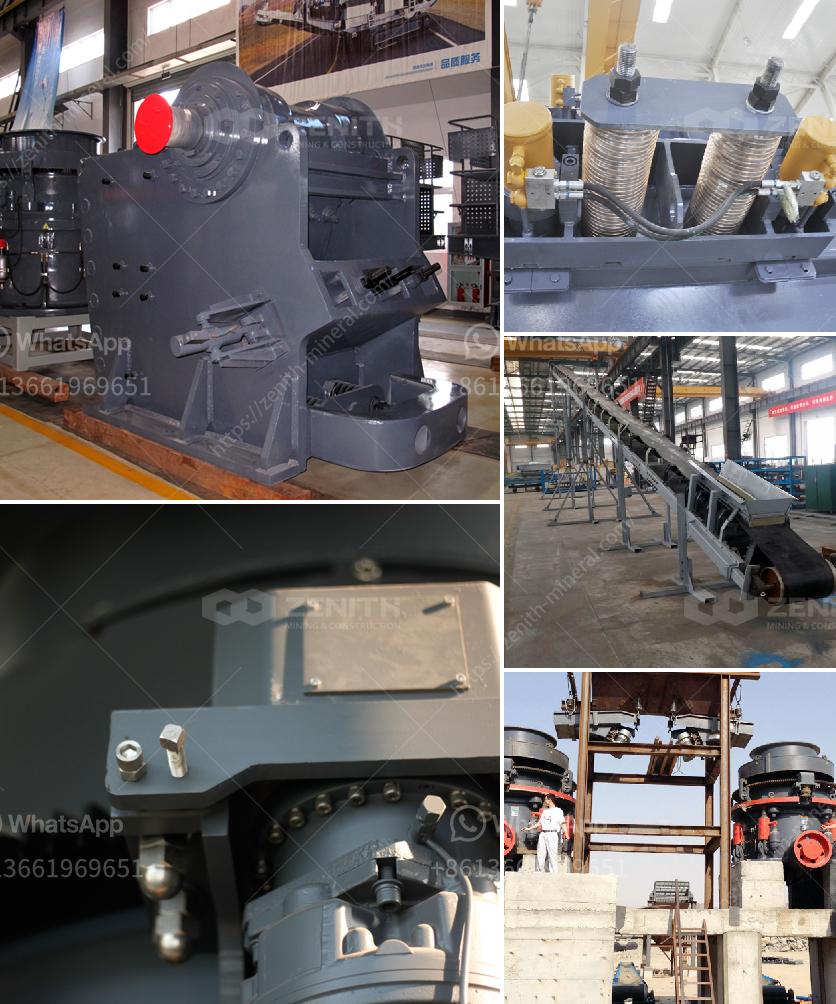Choosing a limestone hammer mill involves several considerations to ensure you select the right equipment for your specific needs. Here are the key factors to consider:
1. Material Characteristics
- Hardness: Limestone is generally a soft to medium-hard material. Ensure the hammer mill can handle the hardness of the limestone you are processing.
- Moisture Content: High moisture content can cause clogging and reduce efficiency. Choose a mill that can handle the moisture level of your limestone.
2. Capacity Requirements
- Throughput: Determine the amount of limestone you need to process per hour. Hammer mills come in various capacities, so select one that meets your production needs.
- Feed Size: The size of the limestone before milling will affect the choice of mill. Ensure the mill can handle the feed size without excessive pre-processing.
3. Desired Product Size
- Particle Size Distribution: Define the desired particle size distribution of the milled limestone. Different hammer mills offer various levels of fineness and uniformity.
- Adjustability: Some hammer mills allow for adjustments to achieve different particle sizes. This flexibility can be beneficial if your requirements change over time.
4. Power and Efficiency
- Energy Consumption: Consider the power requirements of the hammer mill. More efficient mills will save on energy costs in the long run.
- Motor Power: Ensure the motor power is sufficient to handle the limestone without overloading.
5. Durability and Maintenance
- Build Quality: Look for mills made from high-quality materials that can withstand the wear and tear of limestone processing.
- Ease of Maintenance: Choose a mill that is easy to maintain and has readily available spare parts. This will minimize downtime and maintenance costs.
6. Cost Considerations
- Initial Investment: Compare the initial cost of different hammer mills. While cheaper options may be tempting, they might not offer the same durability or efficiency.
- Operating Costs: Consider the long-term operating costs, including energy consumption, maintenance, and spare parts.
7. Manufacturer Reputation
- Reviews and Testimonials: Research the reputation of the manufacturer. Look for reviews and testimonials from other users to gauge the reliability and performance of their hammer mills.
- Customer Support: Ensure the manufacturer offers good customer support and after-sales service.
8. Additional Features
- Dust Control: Some hammer mills come with dust control features to minimize dust generation during milling.
- Noise Reduction: If noise is a concern, look for mills designed to operate more quietly.
Conclusion
Choosing the right limestone hammer mill involves balancing various factors, including material characteristics, capacity requirements, desired product size, power and efficiency, durability and maintenance, cost considerations, manufacturer reputation, and additional features. By carefully evaluating these factors, you can select a hammer mill that meets your specific needs and ensures efficient and effective limestone processing.

